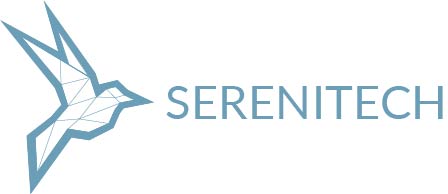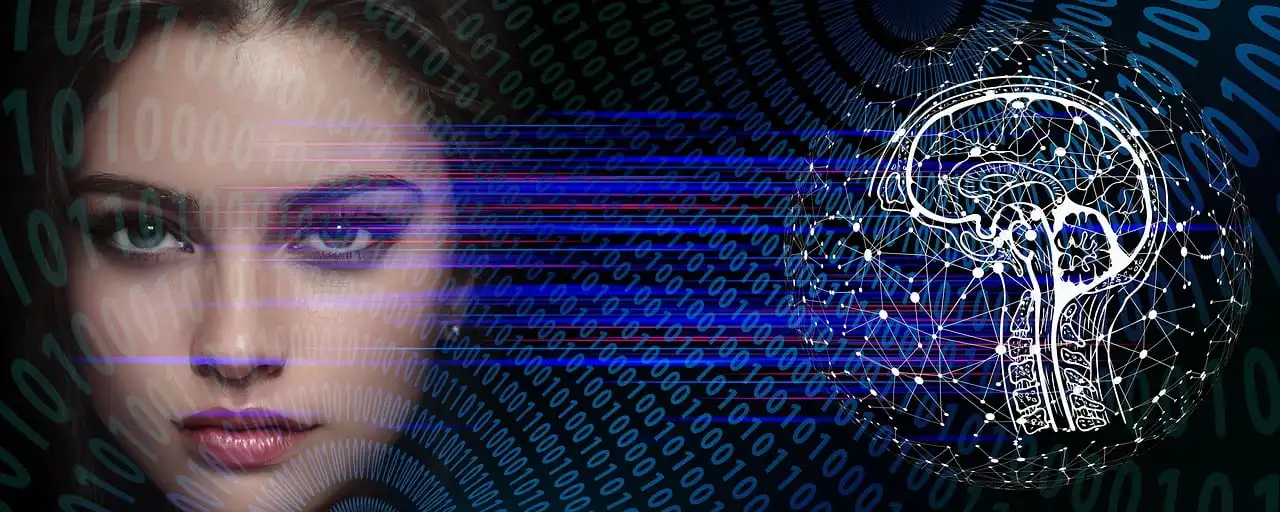Neurotechnology is a rapidly advancing field that includes methods and devices designed to interface with the nervous system to monitor or modulate neural activity. It includes brain-computer interfaces, neural interfaces and brain stimulation. The applications are wide – from treating neurological disorders to cognitive enhancement and direct control over external devices.
I am working through Ray Kurzweil’s book – “The Singularity is Nearer”. After a rather heavy section on ethics exploring questions such as if you replace little bits of an object gradually until all of it is replaced, is it the same object? The narrative turns the same question to human brains. Are we the same if sections have been replaced? What if the entire brain was replaced? What if our brain was rebuilt, a small section at a time? Is the replica us – and what happens when that replica starts to have its own experiences?
Remember that in our bodies every cell has a maximum expiry of 10 years, yet our identity and our names remain the same.
Progressing through the book, I am finding my spirits buoyed. My outlook has brightened considerably, and I’m increasingly hopeful about the future, particularly regarding AI’s potential to bring positive changes to humanity.
Kurzweil argues that slow tiny improvements for society, made possible by technology go unnoticed – these are not urgent “newsworthy” stories. Catastrophic headlines grab our attention due to them being urgent and a potential threat. Our innate survival mode sits up and pays attention to threats. We have little capacity to stop and appreciate the micro advancements of technology. These advancements are becoming more rapid and more noticeable. Exponentially, technologies have propelled innovation forward in all industries and improved all aspects of our well-being such as declining poverty and violence, better sanitation and expansion of access to education.
As of fall next year you can buy a home robot Issac (only 30 are being shipped, so we probably missed that boat 😂 ). Issac is slated as “a versatile personal robot designed to help with various household tasks”. But just like computers, robots will become more accessible and potentially in every home in the next few decades.
What’s Next?
The swiftly evolving field of neurotechnology could transform our lives from improving our understanding of mental health to directly calling friends from thoughts and interacting with computers by eyesight (gone is the mouse).
Rather than surgically embedded implants such as Musk’s Neurolink project, which could restore motor function and independence to individuals with paralysis or spinal cord injuries, the new wave of interfaces is built into existing Techwear (Technology designed to be worn – earphones, smart watches), or if preferred an electroencephalogram (EEG) enabled tattoo behind the ear (not sure I’d go for that personally). This “Singularity” – the convergence of humans and technology may be closer (and more acceptable) than previously thought.
Ethical Considerations
There is a lot to unpack and these are just some ethical considerations:
- Privacy and data ownership of neural information
- Cognitive enhancement and its societal implications
- Regulation of neurotechnology products and their marketing
- After Life Replicas
- Cognitive Liberty
Cognitive Liberty as defined by Nita Farahany is the “right to self-determination over our brain and mental experiences as a fundamental matter”.
Nita Farahany is a professor of law and philosophy and a leading scholar on the ethical, legal, and social implications of emerging technologies – I recommend listening to her on the TED AI Podcast on 10 September 2024.


